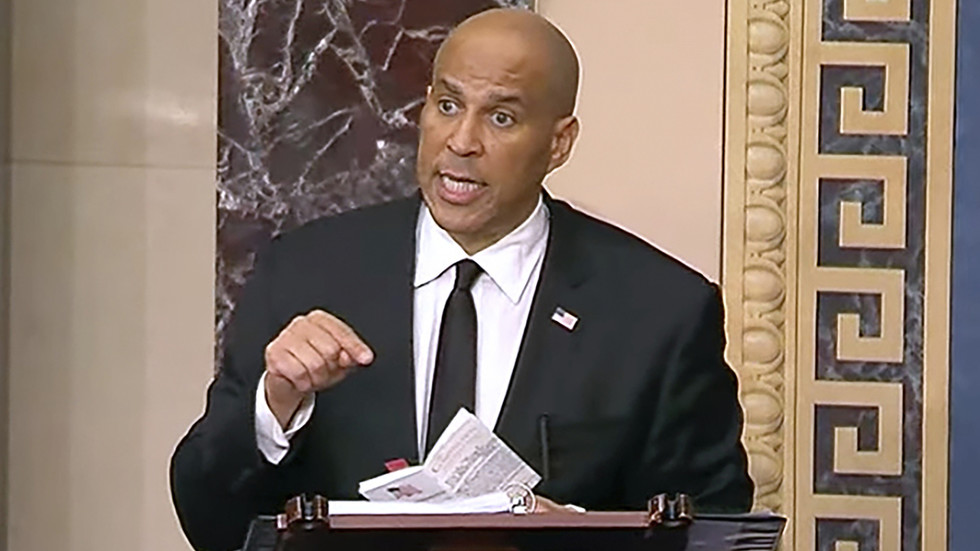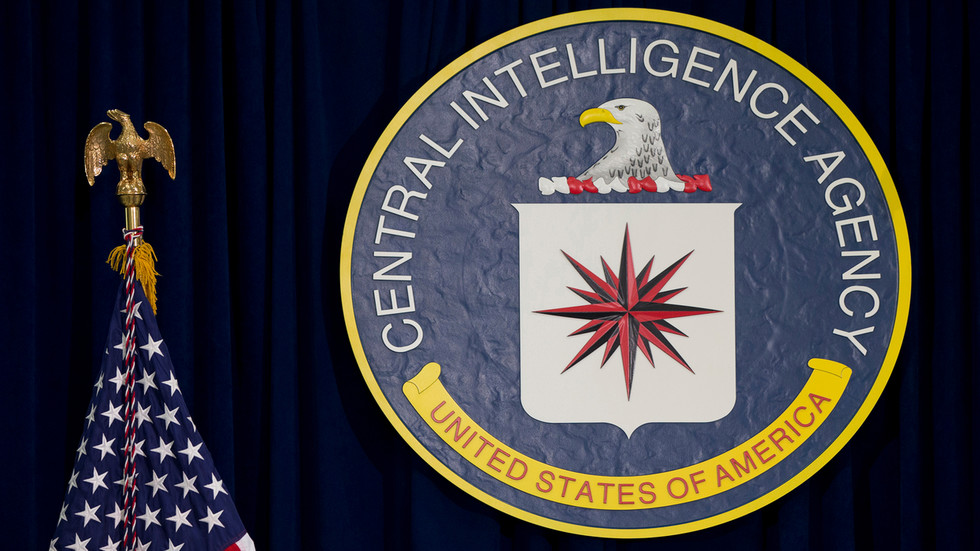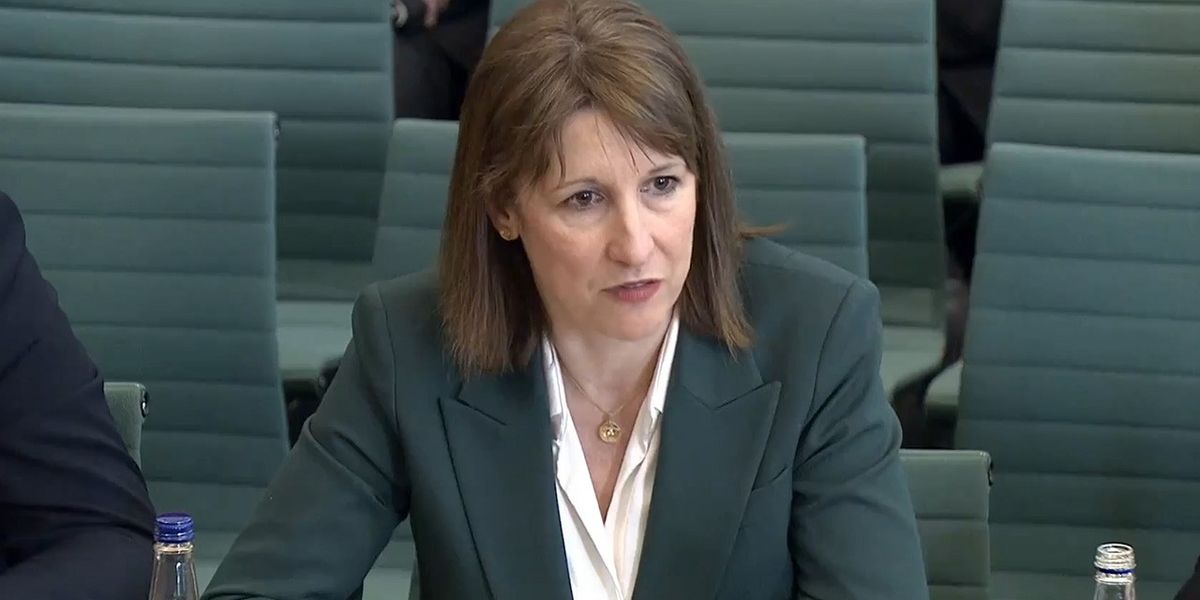Southeast Asia's only nuclear power plant is located in the province of Bataan in the Philippines, around 40 miles (64 kilometers) from the capital, Manila.
Built in the 1970s, the Bataan facility was mothballed before it ever opened amid the political instability of the end of the Ferdinand Marcos dictatorship — and in the wake of the 1986 disaster at Ukraine's Chernobyl nuclear power plant, which killed at least 30 people and spewed radioactive fallout over much of the Northern Hemisphere.
But now, under the government of the late dictator's son, Ferdinand "Bongbong" Marcos Jr., the Philippines is turning to nuclear power as one solution to satisfying the country's rapidly growing energy demand and as a way of reducing its reliance on fossil fuels and thereby curbing harmful greenhouse gas (GHG) emissions.
In February, Philippine Energy Secretary Raphael Lotilla said his country was "paving the way for a safe, sustainable, and responsible nuclear energy program that will secure our nation's energy future."
Why nuclear power?
The Philippines and Indonesia are leading the surge in coal dependency in Southeast Asia, according to London-based energy think tank Ember, which pointed out that the Philippines was Southeast Asia's most coal-dependent country in 2023.
IAEA director general talks pros and cons of nuclear power
Given the global push to cut GHG emissions, the appeal of nuclear power is clear.
Nuclear energy itself produces almost zero carbon dioxide or other greenhouse gases, or any other pollutants associated with burning gas or coal.
The Philippines is aiming to gradually phase in nuclear power as part of its energy mix. Starting with a target of 1,200 MW of capacity in 2032, the country hopes nuclear energy will provide 4,800 MW by 2050.
But environmental activists question the logic of this approach. Nuclear power requires uranium, a finite resource which must be mined and then shipped — all of which entails carbon emissions, Derek Cabe of the Nuclear and Coal-Free Bataan Movement, told DW.
"The 'clean narrative' is false. It's a pretence … Nuclear energy is a diversion," said Cabe, who believes renewable energy — primarily solar, hydro and wind power — is the best solution for the archipelagic nation, where sun, water and wind are abundant.
Cabe pointed to the lack of political will from the government and the misallocation of budget funds as the main "hindrance to fully tapping renewable energy."
Entrenched corporate interests and much higher profit margins in fossil fuel industries are also a major obstacle. "We do not have that political will to really prioritize renewable energy because of the push or the pull of the corporate business," she said.
Southeast Asia's nuclear ambitions
Embracing nuclear energy is not unique to Manila. Most of Southeast Asia is increasingly turning to nuclear energy, both for its power generation potential and because it is seen as a way of achieving the target of net zero emissions by 2050.
Philippines eyes stronger economic cooperation with Germany
Over the next 15 years, Indonesia aims to have 75% of its power generation from "clean" energy sources, including nuclear.
But these plans are still very much in their nascent phase; construction of a plant is planned to start in 2032, and a nuclear regulatory framework is still not in place.
For Grita Anindarini, senior strategist at the Indonesian Center for Environmental Law, focusing on nuclear plants — which are expensive and time-consuming to build — at the expense of renewable sources would be a mistake, especially for sun-drenched, archipelagic countries like Indonesia and the Philippines that are also vulnerable to earthquakes and other natural disasters.
"How could we deal with radioactive and other highly toxic waste that could pose serious risks to human health and the environment? [...] Why do we need to invest in high-risk activity where we have safer and more environmentally friendly options?" Anindarini told DW.
Are SMRs the solution for the region?
Authorities in Vietnam, which have been considering nuclear power for nearly two decades and have sought expertise from Russia and the United States, have also introduced plans to have a plant in the southeastern province of Ninh Thuan built by 2030.
But according to Dr Thuy Le, a professor at San Jose University and a nuclear policy adviser to the Vietnamese government, those plans and the short timeline are far too ambitious and "will fail."
He told DW that Vietnam should focus instead on more modern Small Modular Reactors (SMRs) as a way to safely and realistically integrate nuclear energy.
"Start with the SMR, or even the microreactor, and go step by step," Thuy said.
SMRs and microreactors are much smaller than traditional plants, meaning they can be used in coastal, densely populated locations.
SMRs are far simpler and cheaper to build, compared to the hugely ambitious, yearslong construction projects needed for large plants. Their smaller size also means some of the inherent risks associated with nuclear energy generation can be mitigated, despite unresolved safety risks, particularly in the event of severe natural calamities.
They could also be an option for Singapore in the coming years, according to Dr Alvin Chew, of Singapore's Nanyang Technological University (NTU), who explained that building "a large conventional nuclear power plant isn't feasible" for the tiny island.
Convincing a hesitant Southeast Asian public
Another challenge facing governments in the region is convincing the public that going nuclear is the right choice.
A study by the NTU found generally low public support for the development of nuclear energy in Southeast Asia, largely due to the technology's perceived risks.
The disasters at Chernobyl and Fukushima in Japan and the legacy of World War II have corroborated those "legitimate" concerns, Chew told DW, adding that the "region has no experience in regulating the safe operation of nuclear power plants."
Convincing the public in Singapore and elsewhere in the region will require "a paradigm shift to destigmatize the negative perception of nuclear energy," Chew said.
These concerns were also highlighted by anti-nuclear activist Derek Cabe in Bataan, the site of the region's only existing nuclear plant, which she pointed out "is sitting on top of a volcano."
"If there is a problem [with the plant], those of us on the front lines will be the ones who will be affected first and foremost," she said.
Edited by: Keith Walker

 By Deutsche Welle (World News) | Created at 2025-04-01 12:17:55 | Updated at 2025-04-02 16:56:19
1 day ago
By Deutsche Welle (World News) | Created at 2025-04-01 12:17:55 | Updated at 2025-04-02 16:56:19
1 day ago








